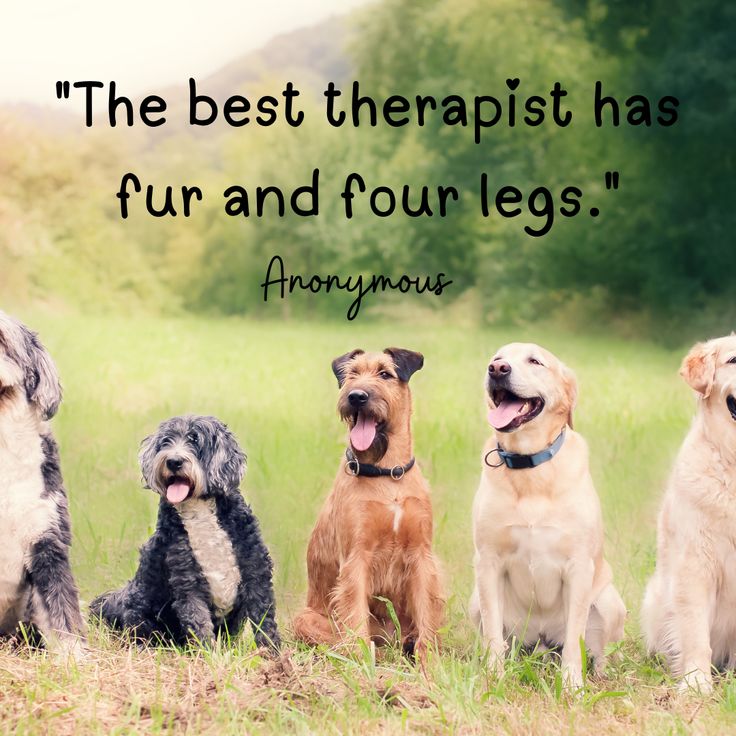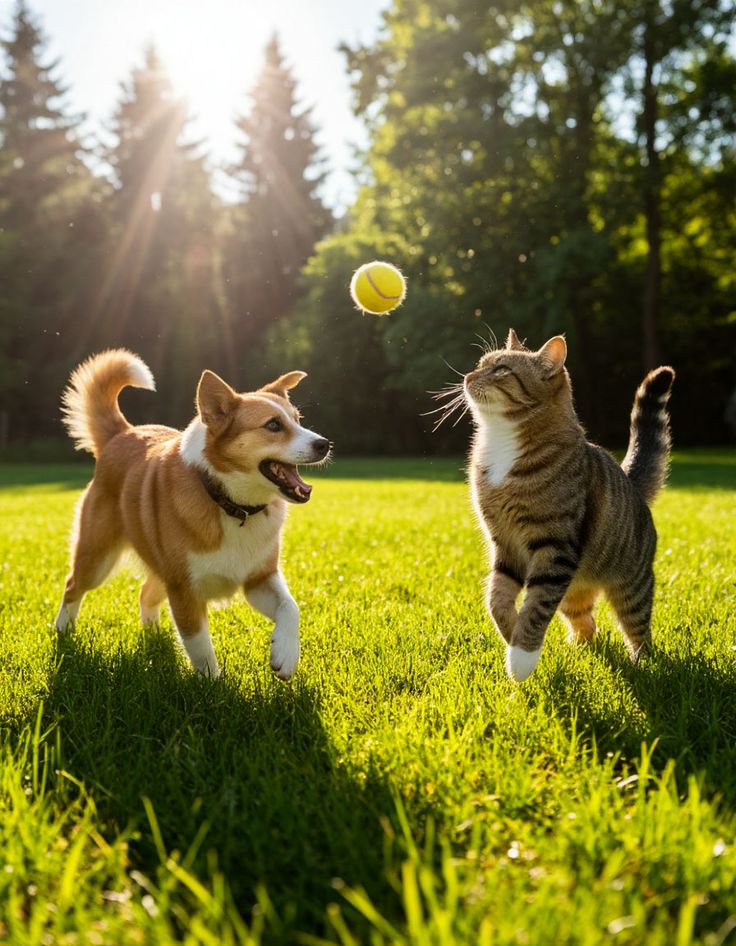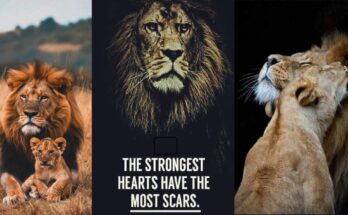
In a world where relationships evolve and family dynamics change, one bond remains pure and unwavering: the love between humans and their pets. Whether it’s a dog wagging its tail when you walk through the door, a cat curling up on your lap, or a bird chirping happily in your presence, pets provide a unique form of companionship that transcends species. These animals are more than just pets—they are family, chosen and cherished for life.

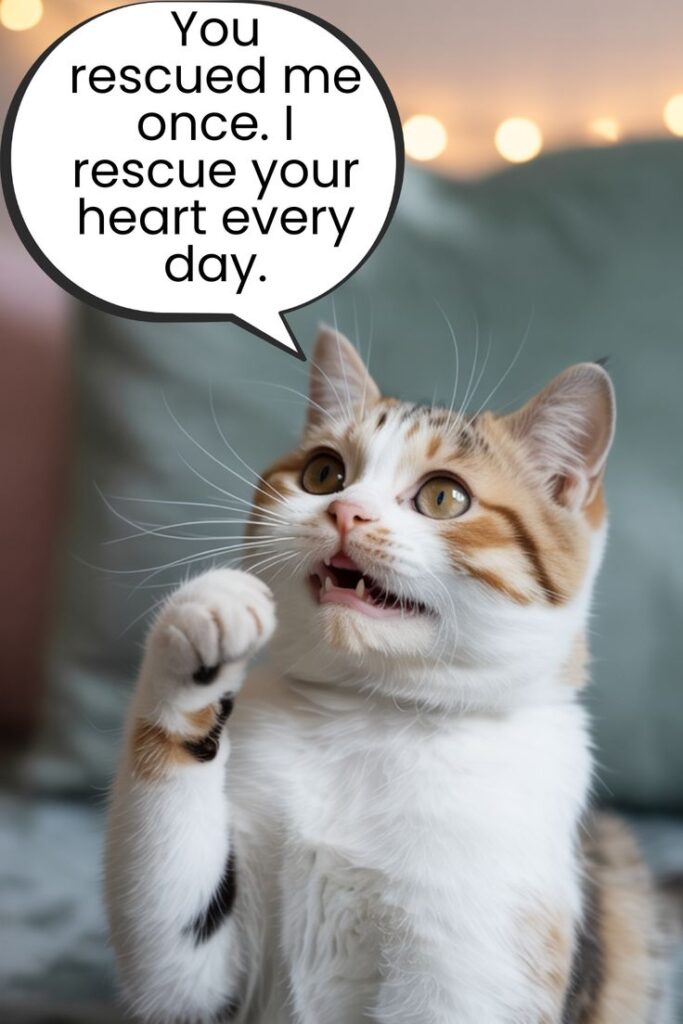
A Timeless Bond
The relationship between humans and animals dates back thousands of years. Dogs were domesticated over 15,000 years ago, initially as hunting companions. Cats, though more independent, have lived alongside humans since ancient Egyptian times. Over centuries, these bonds deepened, moving beyond utility into emotional territory. Today, pets are less likely to be working animals and more likely to be considered full-fledged members of the family.
What’s remarkable is that this relationship isn’t rooted in shared bloodlines or genetic ties. It’s founded on emotional connection, loyalty, and mutual care. This is what makes the love between people and their pets so unique. We choose them—and they choose us, in their own ways. This voluntary, often unspoken choice cements the idea that pets are truly the family we choose.



The Emotional Benefits of Pet Companionship
One of the most compelling reasons pets are considered family is the emotional support they provide. Studies consistently show that pet ownership can reduce stress, anxiety, and depression. Stroking a dog or cat can lower blood pressure and promote relaxation. Even the act of watching fish swim in an aquarium can soothe the mind.
Beyond physical health, pets play a crucial role in our emotional wellbeing. They offer unconditional love—something that can be hard to find in human relationships. A dog doesn’t care about your job title, income, or mistakes. A cat may demand independence, but it returns affection in subtle, meaningful ways. Their presence can alleviate loneliness, especially for people living alone or those experiencing difficult life transitions.
For children, pets often serve as their first experience of responsibility, empathy, and love outside of their immediate family. For seniors, they offer companionship and a sense of purpose. For people with chronic illness or mental health struggles, they can be lifelines.



The Rise of Pet Parenting
In recent years, the concept of “pet parenting” has surged. Terms like “fur baby,” “dog mom,” and “cat dad” are now common in popular culture. Many pet owners celebrate their pets’ birthdays, include them in family photos, and even set up social media accounts for them. Some go as far as planning vacations around their pets or organizing pet-friendly weddings.
This shift is not just a social trend—it reflects deeper emotional truths. For many people, pets fill roles once reserved for close family members. This is particularly relevant in a time when traditional family structures are shifting. People are marrying later, having fewer children, and living more independently. In this context, pets become emotional anchors, offering a sense of continuity and connection.
The pet industry has responded accordingly. Pet-related products and services now mirror those of human care—organic food, spa treatments, pet insurance, luxury accessories, and even therapy. These offerings underscore the evolving role of pets: no longer just animals we care for, but beings we care about deeply.



Pets and Grief: A Testament to Love
If there’s one thing that proves how deeply pets are integrated into our emotional lives, it’s the grief we feel when they pass. Losing a pet can be as devastating as losing a human loved one. The house feels emptier, routines are disrupted, and the absence of that loyal presence is deeply felt.
This grief is often misunderstood by those who have never owned a pet. Yet, for those who have, it’s an all-too-real sorrow that speaks to the profound love shared. The tears, the memorials, the urns on mantles—they all point to one truth: pets are family. Their loss is not a small event; it’s a major emotional rupture.
Psychologists now recognize pet loss as a legitimate form of grief, and many therapists encourage clients to mourn their pets just as they would a human loved one. This validation helps pet owners process their emotions and find ways to honor their pets’ memories.



A Love That Transcends Words
Perhaps the most beautiful part of the human-animal bond is that it transcends language. There are no arguments, no misunderstandings, and no judgments. A look, a nuzzle, or a tail wag says more than words ever could. It’s a relationship based on presence—on simply being there for each other.
This nonverbal connection often leads people to feel that their pets understand them in ways others cannot. In difficult times, a dog might lie at your feet silently, offering comfort with its steady breath. A cat might climb onto your chest, purring softly, as if to reassure you that things will be okay. These moments forge bonds that defy logic but are felt deeply in the heart.
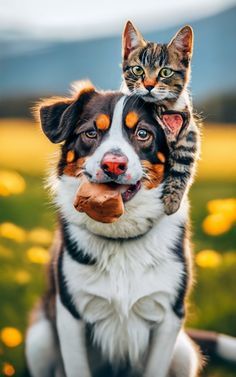


Rescue Stories: Chosen and Changed for Life
Some of the most powerful examples of pet love come from rescue stories. Countless individuals have shared how adopting a pet saved not just the animal’s life—but their own. Veterans with PTSD, survivors of trauma, and people experiencing profound loneliness often credit their pets with giving them a reason to live.
In turn, these animals—often abandoned, abused, or neglected—find love, safety, and belonging. It’s a mutual rescue, rooted in the idea of chosen family. No paperwork, no shared genes—just mutual need and mutual healing.
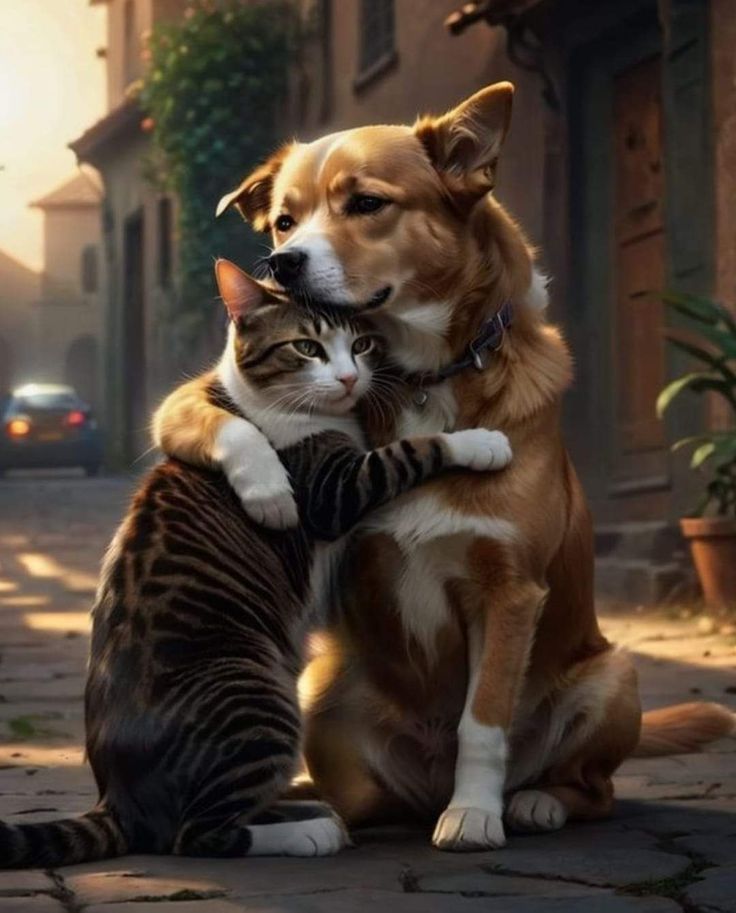

Teaching Us About Love
Animals have an uncanny ability to teach us valuable life lessons. They model forgiveness, living in the moment, and loving without conditions. A dog that was once beaten can still trust again. A cat that was once abandoned can still learn to purr in your arms. These examples challenge our human tendencies to hold grudges, dwell on the past, or guard our hearts too tightly.
Pets remind us that love doesn’t need to be perfect—it just needs to be consistent. They teach us to show up, be kind, and cherish the little things: a walk in the park, a warm bed, a quiet evening together. These lessons are especially important in today’s fast-paced, often disconnected world.


Celebrating Diversity in Pet Families
While dogs and cats are the most common pets, many people share their lives with rabbits, guinea pigs, reptiles, birds, and even farm animals like goats and pigs. Each of these animals has its own personality, preferences, and ways of bonding. Yet, regardless of species, the emotional connection remains strong.
The diversity of pet families highlights the universality of love. It doesn’t matter what form the pet takes—the love and companionship they offer are real. People bond with snakes as deeply as others bond with dogs. Parrots learn their owners’ names and call out for them. Rabbits recognize voices and respond to affection. Love doesn’t discriminate by species.


Conclusion: The Family We Choose, The Love We Deserve
In a world where relationships are often complicated, the bond we share with our pets offers something rare: simplicity, purity, and unconditional love. We don’t choose our biological family, but we do choose our pets—and they choose us back, in ways that matter more than words can express.
They are there when we wake, and they comfort us when we sleep. They celebrate our joys and console us in sorrow. They walk beside us, not because they have to, but because they want to. This mutual choice is what makes pets our chosen family. It’s why we mourn them when they go, why we celebrate them while they live, and why their paw prints remain on our hearts long after they’re gone.
Fur-ever love isn’t just a cute phrase. It’s a testament to a timeless truth: that sometimes, the most meaningful family members don’t look like us or speak our language. They come with fur, feathers, or scales—but they bring with them the kind of love we all deserve: patient, forgiving, and true.
